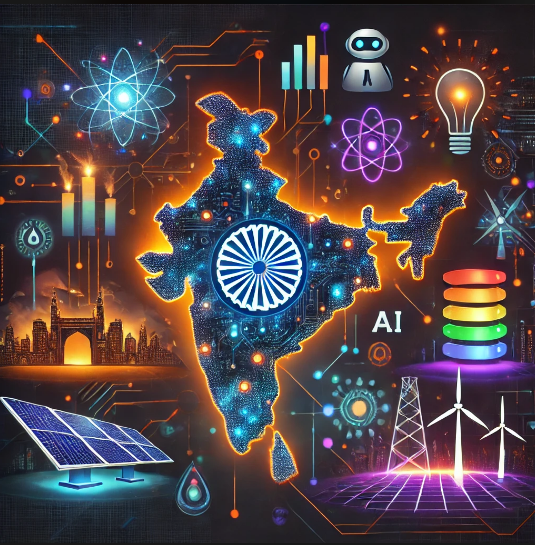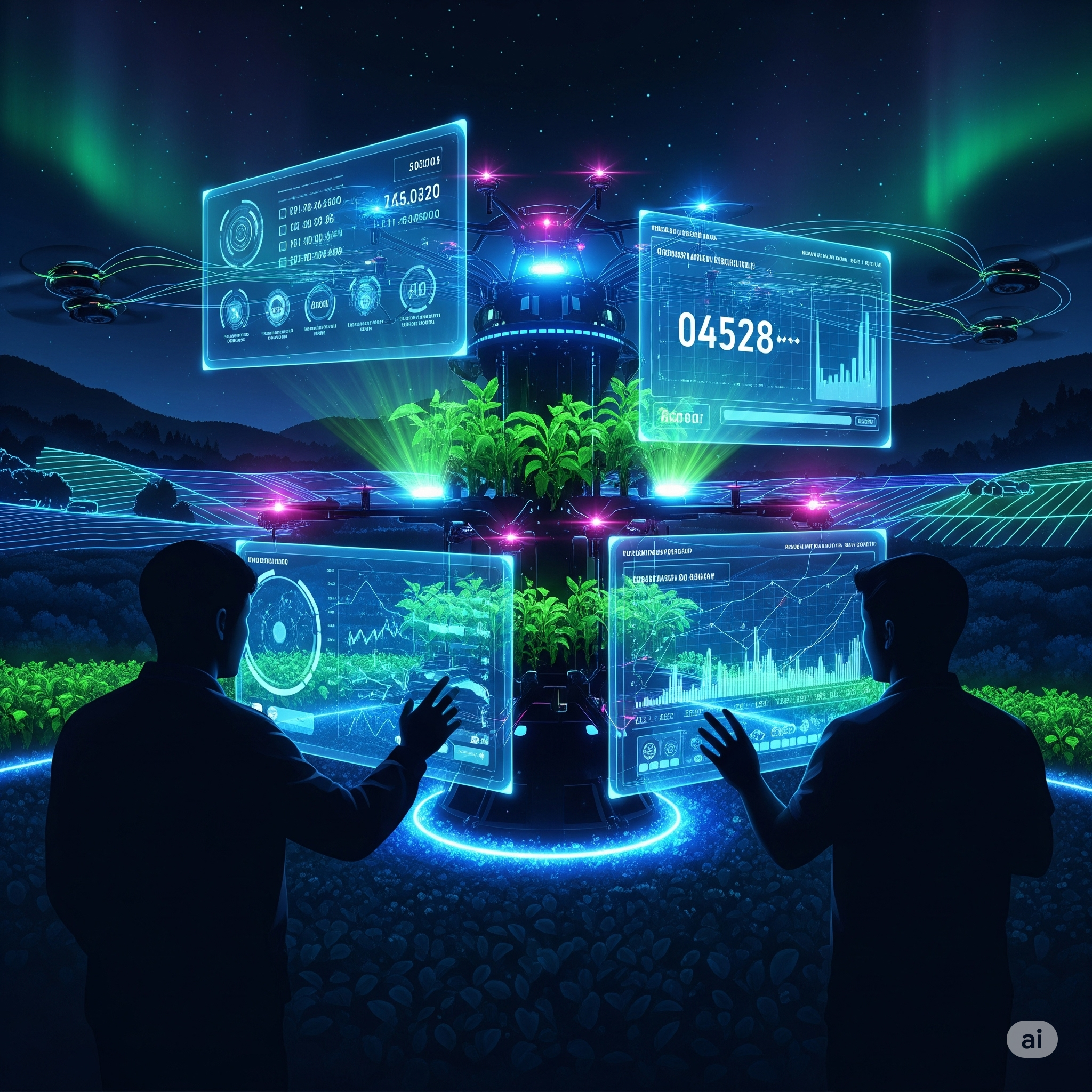Introduction
Technology has become the backbone of modern civilization, playing a crucial role in economic development, social transformation, and national security. The Indian government has been actively promoting technology across various sectors to drive progress, enhance governance, and create employment opportunities. With initiatives like Digital India, Make in India, and Startup India, the government is ensuring that technology is at the forefront of the nation’s growth. This essay explores the key reasons behind India’s push for technological advancements and the impact of such policies on the country’s future.
1. Economic Growth and Digital Transformation
One of the primary reasons the Indian government is promoting technology is to fuel economic growth. The adoption of advanced technologies like Artificial Intelligence (AI), Big Data, Cloud Computing, and Blockchain is revolutionizing industries, boosting productivity, and creating new business opportunities.
1.1 Digital India Initiative
Launched in 2015, Digital India aims to transform India into a digitally empowered society. By promoting e-governance, digital payments, and broadband connectivity, the initiative ensures seamless public service delivery, enhances financial inclusion, and reduces corruption.
1.2 Startups and Innovation
The government is fostering a culture of innovation through the Startup India initiative, providing financial support, tax benefits, and ease of business registration to technology-based startups. As a result, India has emerged as the third-largest startup ecosystem in the world.
2. Employment Generation and Skill Development
Technology is a major driver of job creation in India. From IT services to the manufacturing sector, technological advancements have led to the emergence of new employment opportunities.
2.1 IT and Software Industry
India’s IT industry contributes significantly to GDP and exports. The expansion of the software sector, cloud computing, and cybersecurity has resulted in millions of jobs in the country.
2.2 Skill India Mission
Recognizing the need for a skilled workforce, the government launched the Skill India initiative to equip youth with technical skills, increasing their employability in high-tech industries like artificial intelligence, data analytics, and robotics.
3. Strengthening Governance and Transparency
The integration of technology in governance has made public services more efficient, accessible, and transparent.
3.1 E-Governance and Public Service Delivery
With platforms like Aadhaar, DigiLocker, and UMANG, citizens can access government services online, reducing bureaucratic delays and corruption.
3.2 Blockchain for Transparency
The government is exploring blockchain technology for secure record-keeping in land registration, supply chain management, and financial transactions, ensuring tamper-proof data management.
4. Enhancing Healthcare and Education
Technology is transforming India’s healthcare and education sectors, making services more affordable and accessible.
4.1 Telemedicine and AI in Healthcare
The Ayushman Bharat Digital Mission is integrating technology to provide digital health records and telemedicine facilities, ensuring quality healthcare reaches rural areas.
4.2 E-Learning and Digital Classrooms
The National Education Policy (NEP) 2020 emphasizes digital learning, with platforms like SWAYAM and DIKSHA enabling students to access quality education remotely.
5. Infrastructure and Smart Cities
The government is leveraging technology to build modern infrastructure and develop smart cities that provide a high quality of life to citizens.
5.1 Smart Cities Mission
The Smart Cities initiative integrates digital technologies like IoT, AI, and big data analytics to optimize urban planning, waste management, and traffic control.
5.2 High-Speed Internet and 5G
Investments in broadband infrastructure and the rollout of 5G technology are enhancing connectivity, supporting digital businesses, and enabling IoT applications across industries.
6. Agriculture and Rural Development
Agriculture remains a key sector of the Indian economy, and technology is being used to improve productivity and sustainability.
6.1 Precision Farming and Drones
The use of AI-driven analytics, IoT-based sensors, and drones is helping farmers optimize irrigation, soil health, and crop yields.
6.2 Digital Marketplaces for Farmers
E-NAM (National Agriculture Market) is an online platform connecting farmers directly with buyers, eliminating middlemen and ensuring better prices for their produce.
7. National Security and Defense
Technology plays a crucial role in strengthening national security by modernizing defense equipment, cybersecurity, and surveillance systems.
7.1 Indigenous Defense Manufacturing
Under the Make in India initiative, the government is promoting indigenous production of defense equipment, reducing reliance on imports and boosting self-reliance.
7.2 Cybersecurity Measures
With rising cyber threats, the government has established agencies like CERT-In (Indian Computer Emergency Response Team) to enhance cyber resilience and protect critical infrastructure.
8. Renewable Energy and Sustainability
India is investing heavily in renewable energy technologies to combat climate change and ensure energy security.
8.1 Solar and Wind Energy Expansion
Initiatives like the International Solar Alliance and National Solar Mission are accelerating the adoption of solar power, making India one of the global leaders in renewable energy.
8.2 Electric Vehicles (EVs) and Green Mobility
The Faster Adoption and Manufacturing of Hybrid and Electric Vehicles (FAME) scheme is promoting the use of electric vehicles to reduce carbon emissions and dependence on fossil fuels.
Conclusion
The Indian government’s promotion of technology is a strategic move to drive economic growth, improve governance, enhance security, and uplift social sectors like healthcare and education. By leveraging digital transformation, fostering innovation, and investing in technological infrastructure, India is positioning itself as a global leader in the 21st century. Moving forward, continued advancements in technology will play a crucial role in shaping India’s future, ensuring a sustainable, inclusive, and digitally empowered nation.




